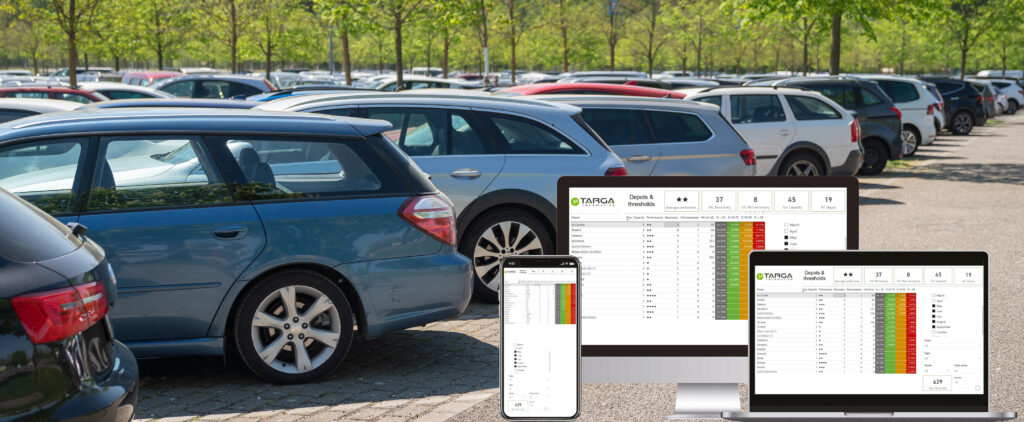Analysis of fleet saturation levels allows fleets and mobility managers to optimise the number of vehicles used based on real business transport needs.
Targa Telematics – one of the main global players in the field of IoT and the development of digital solutions and platforms for connected mobility – has expanded the offer of smart mobility by introducing a new feature: the analysis of optimised vehicle utilization, also called saturation analysis, that enriches the corporate car sharing proposal.
In a context where the ability to extract value from the data collected is becoming increasingly crucial, saturation analysis applied to corporate car sharing provides essential insights for optimising investments, reducing costs and maximising service levels. By adopting a data-driven approach, decisions are made based on objective information and real needs.
By leveraging data collected from individual vehicles, saturation analysis optimises the allocation of shared vehicles based on actual usage. This approach enhances operational efficiency, reduces costs, and helps avoid waste. In addition, analysing usage patterns and types of requests allows for the appropriate allocation of transportation resources across different company offices to effectively meet the needs of internal users.
“Our customers’ needs are always at the heart of developing new services, and saturation analysis is no exception, as it is designed around their real requirements. This allows them to make data-driven decisions based on objective insights and actual operational needs,” commented Roberto Bordin, Smart Mobility Product Manager at Targa Telematics.
By analysing real-world cases, Targa Telematics calculated that in a large corporate car-sharing fleet of over 1,000 vehicles, the adoption of new functionality enables a 16% reduction in the number of vehicles needed, resulting in annual savings of over 600,000 euros in rental costs. In another case involving a medium-sized fleet of approximately 300 vehicles, it was possible to reduce the fleet size by 22%, achieving savings of approximately 250 thousand euros”
The service can be used by fleets and mobility managers through a dashboard that collects data and dynamically shows where and how to intervene to achieve maximum fleet efficiency over time.

